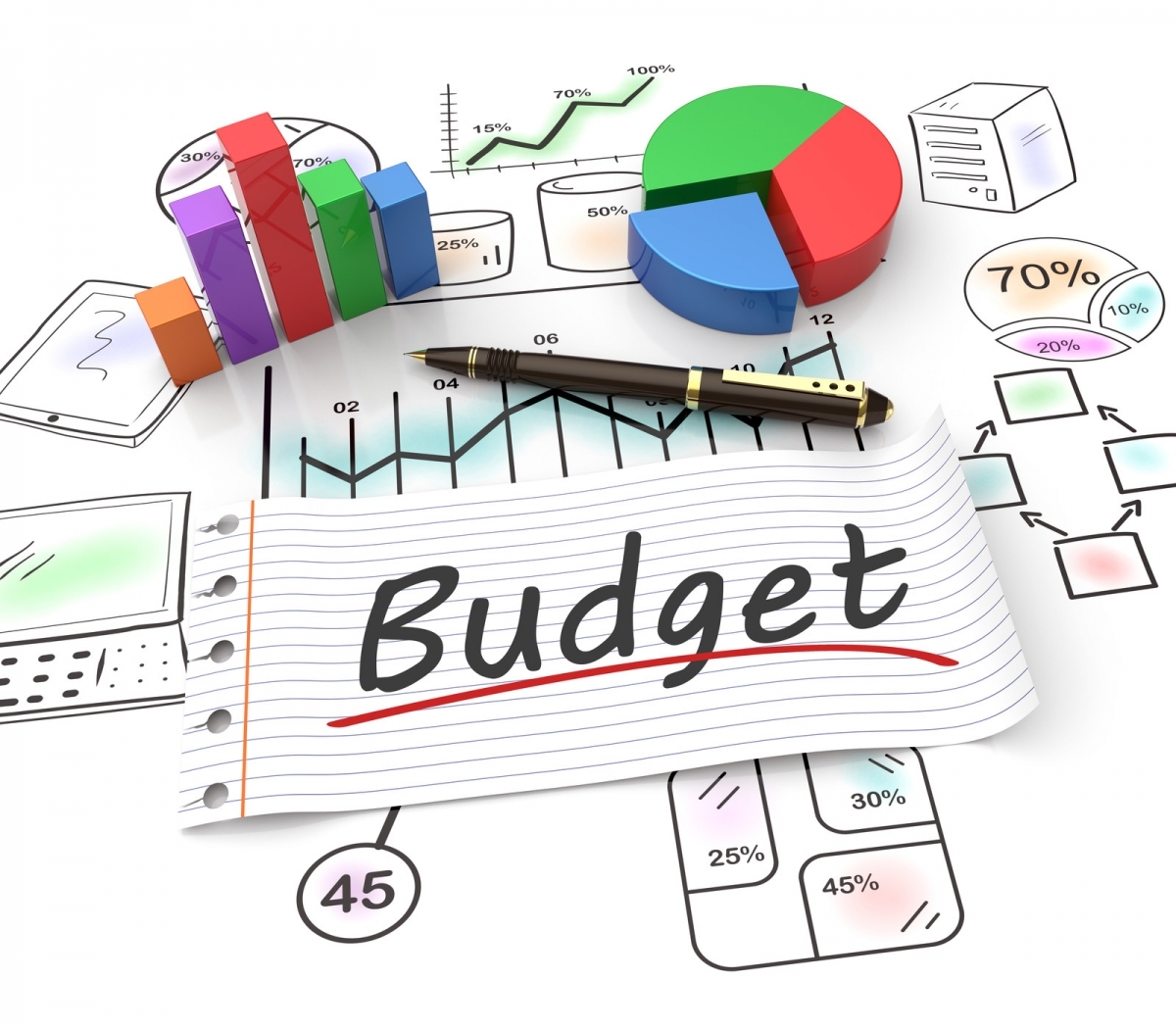Companies Need More than an Annual Budget
A new year. A new budget. Most companies have already completed, or are in the process of FP&A – Financial Planning and Analysis. The goal of this process is to define the financial strategy for the coming year. But what happens when the marketplace changes?
The Finance department, along with the C-suite and Management, develop sales targets, a budget and KPIs to help them achieve their objectives. However, the marketplace often changes during the course of a year. Financial Planning and Analysis needs to be an on-going process – one that is reviewed continuously and adjusted accordingly.
This is where Forecasting and Sales Analysis comes in. A great forecasting system provides a company with predictive analytics and a roadmap that can be used to determine what is working and what is not. Current sales trends and changes in the marketplace are used to develop future projections, which companies can use to determine if objectives will be met using the current “roadmap” or if they need to change course. Better strategic decisions can be made using timely and accurate information on an on-going basis.
There can no longer be an “annual” mindset. The marketplace will change and the ability to get this intelligence immediately allows companies to pivot very quickly. Finance must work with demand planners to gain a vision into where the business is moving. Better strategic decisions to achieve KPIs can be made more efficiently using timely information.
Silos can no longer exist. Information must be shared with the rest of the company and collaboration between departments must increase because inventory affects every area of a company. Production can be adjusted based on information from forecasts. Warehouse staffing plans and procedures can be changed to increase efficiency based on demand forecasts. Sales and Marketing will be informed of trends, providing competitive advantage. At the same time, demand planners will receive information from other departments, enabling them to develop realistic plans.
Finally, a great forecasting system will increase cash flow and profitability, two key business objectives. By analyzing the sales and slicing and dicing the data, inventory planners are able to formulate an optimal assortment to achieve company objectives. From there, they can forecast demand and plan for the right amount of inventory. By reducing excess inventory, companies save enormous amounts of money – not just the cost of the inventory, but inventory carrying costs, as well. Carrying costs include interest rates, housing, handling and depreciation. Carrying costs typically represent 24-30% of the inventory value! How much could your company save by decreasing your inventory just 10%?
To calculate how much your company could save by optimizing your inventory,
visit https://safiosolutions.com/forecasting-solutions/#calculator
Continuous planning is key to being successful. The key business drivers must be forecasted and reviewed continuously. Plans should be updated regularly. In today’s marketplace, companies need more than just a budget, sales targets and KPIs. Using technology, all companies have the ability to get market information immediately, which can be used to strategically pivot the company quickly.
SAFIO Solutions has developed a great forecasting system that gives companies visibility to the opportunities and liabilities within their business. As the marketplace changes, a forecasting system helps companies make better strategic decisions to achieve the objectives set in the FP&A process. For more information about how a great forecasting system can help your company achieve its objectives, visit SAFIOsolutions.com.









